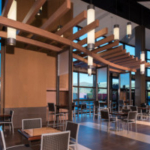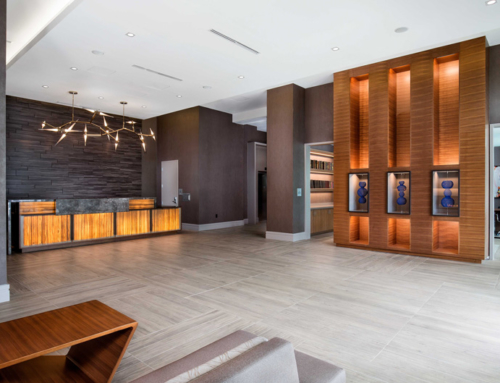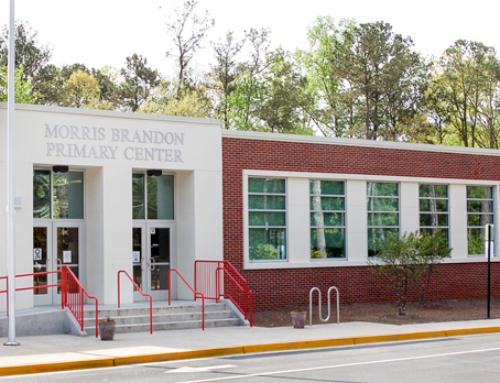
More and more, mall operators are looking to their food courts as a means to improve the shopper experience and grow sales by increasing the average time a shopper spends at their property.
Food courts are being transformed from halls with fluorescent lighting, linoleum floors and utilitarian furniture to spaces with ambient lighting, special flooring and finishes, comfortable seating and better acoustics to encourage more social gathering.
Renovating a mall food court sets in motion a complex machine of communication, coordination and planning; good contractors drive that machine with confidence. Finishing the job on time and within budget is only half of the challenge. Equally important is the experience of all the stakeholders in the project: managers, tenants, and customers.
Instilling Confidence With Mall Managers
A holistic customer-centric mindset instills confidence. With the many potential pitfalls and challenges of food court renovation, it takes a special contractor, who shares the concerns and values of their client, mall managers, to pull off a successful food court renovation.
- Developing a detailed schedule and phasing plan for the work is a key communication tool providing mall managers information regarding what to expect during each night’s work.
- Understanding the mall’s hours of operation and special events so that construction can be scheduled around certain times.
- Supporting and educating food court vendors on how to maintain their individual spaces to best mitigate dust and other construction hazards is more than helpful−it’s critical. The contractor can provide invaluable guidance if involved early in the process, bringing a wealth of product material knowledge and installation know-how to best suit an active, occupied food court environment. Details like knowing whether the sliders on the existing furniture need to be replaced to avoid damaging new floors or knowing the practicality and durability of a specified floor covering protect your renovation investment today and years to come.
Building Relationships With Tenants
Although mall management acts as a liaison between food court vendors and the construction crew during the renovation, the successful contractor also see each vendor as a client and works to meet that vendor’s concerns.
Food court tenants and vendors are valuable partners with valid concerns regarding the inconveniences of the renovation and its affect on their businesses. The food vendor is concerned about the effect on their brand and physical representation, as well as, the effect on food preparation and their ability to maintain health code compliance. Meeting the vendors and tenants early, often and in person to answer their questions and concerns can be the difference in a good project experience or a bad one.
Some things a contractor can do to assure a good experience for tenants:
- Never interfere with the vendor’s “hello” to its customers by accidentally obscuring the vendor’s signage
- Seal off non-work areas with polyethylene plastic; triple-checking that plastic for all possible leaks of dust or other contaminants
- Use air-cleaning filters and negative air machines diligently
- Schedule all tile replacement in a way that allows tables and chairs to be put back in place by the time the mall opens its doors in the morning
When contractors and tenants become partners in the renovation, the work is more efficient and expedient.
Maintaining The Customer Experience
Great contractors know that the customer’s perception is everything, and they go to great lengths to avoid negative perceptions.
The best way for a contractor to keep in the customer’s good graces is to be invisible.
- Always terminate the night’s work long before mall guests arrive.
- Leave dining areas spotless at the end of the shift.
- Employ expert methods of excluding dust, mold and pests from the property.
- Be realistic with the limited night work shift time allotment, assuring enough time is built into the shift for proper preparation to protect the vendor space and sufficient time for clean up.
- Provide easy-to-read signage to provide direction if re-routing of pedestrian traffic is required
- Arrange for an out of sight, secure location for equipment and tool while work is not underway.
A good contractor makes sure that renovation work poses no obstacle, whether real or perceived, to the food court guest.
Three Customer Rule
Understanding there are three clients is the key to a smooth and successful food court transformation. A good contractor is distinguished by taking care of all the people affected both directly and indirectly by the renovation.





